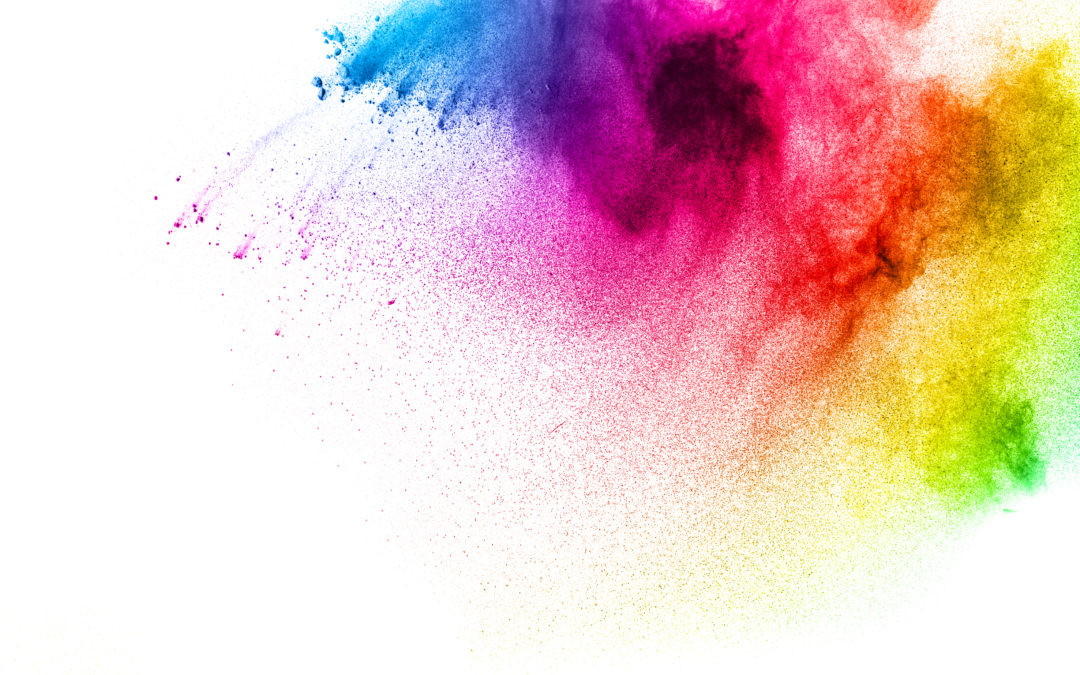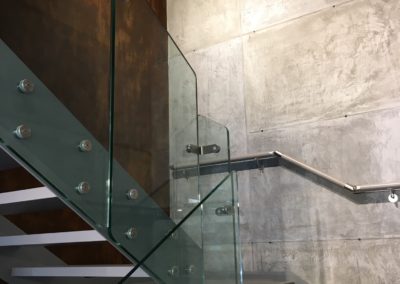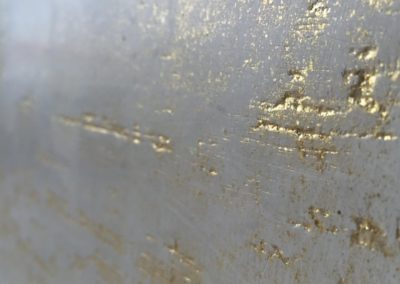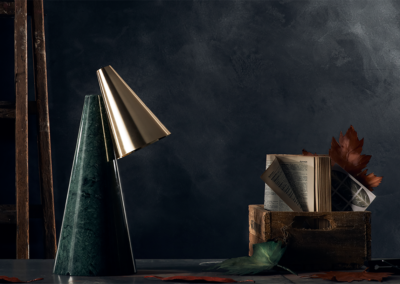The Art of Making Lime Plaster
By Barbara Ruano @Infinishes
Previously, we touched on whether or not choosing paint or plaster mattered. Yes, it matters… for many reasons. One of those products is not like the other and one is superior in different ways. You guessed it! Plaster. Today, I intend to walk you through the gallery of time, with a little history of plaster and why the ancient art of making plaster is still around. As with my addiction to everything mid-century modern, it’s difficult to leave plaster behind once you come to appreciate its value. Rewind… what original MCM pieces have I’ve been collecting since the early 2000’s? Let’s just say I could have probably furnished the entire “Madmen” set when the show began. No joke! Unlike furniture or architectural structures though, which can deteriorate with time, especially if you don’t use quality materials, the art of making plaster is something that can be improved upon and mastered through time. That is exactly what Novacolor has done since 1982. How?
The Inspiration

Before we get into “how” the Novacolor brand has changed the plaster industry, let’s take a look at the origins of this beautiful, resistant and ancient, yet modern product. As with many inventions, making plaster was inspired by an existing need. It was the need to build better, stronger, longer lasting architectural structures. Basically, plaster was originally created to be used as a building material, both to cover internal and external walls. Remember, thousands of years ago, the typical wall was built using stones and clay, which resulted in a very porous surface, that when exposed to the environment, easily cracked and eventually broke down. In order to reinforce the wall and add durability to the structure, builders often added a coat of clay mixed with vegetable fibers or horsehair.
The Artistry
As time passed, it became evident that protecting these buildings needed new processes and techniques, like leaving the horsehair behind [no pun intended]. Even with the discovery of applying multiple thin layers for added protection after application, more was required to endure the passage of time. So began the mixing of different natural raw elements and the experimentation with the different chemical reactions these would have when water and heat were incorporated. Hence, the well known cocciopesto, a mortar composed of lime, sand and sometimes even granules obtained by grinding tiles and bricks. Its purpose? Like many other lime or gypsum plasters being used today by Infinishes and our clients, cocciopesto was made to protect the exposed walls from the elements. This top layer became the sacrificial coat in order to protect the actual wall from weathering with time. In fact, facades of ancient buildings under repair in modern day are often referred to as sacrifice surfaces. The Greeks and then the Romans understood how important it was to protect bearing structures, and with thin coats of lime and marble powders, they covered marble surfaces of temples and statues.
The Vision
What began as a construction technique using plaster as a binder, in a sense preventing clay from corroding into dust, in time also evolved into an artistic tool. Cultural artisans from different parts of the world began focusing on the art of design in architecture, and their vision really took off. Plaster allowed them the flexibility to be lavishly creative, making design in architecture an art form in itself. If you’ve ever spent time traveling through Europe or even in countries like Turkey and Egypt, you have no doubt witnessed the lasting beauty of many of these impressive buildings, statues and domes. If you haven’t, maybe it’s time to plan a trip! I see Italy in my future, specifically a tour of the Novacolor facilities in Forli, Italy. Let’s hope my boss Will at Infinishes in Huntington Beach, California reads this blog soon… stay tuned!
The Interpretation
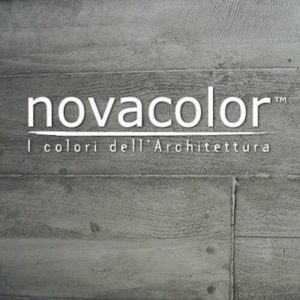
As you can see, making plaster is truly a centuries old art form which started with ingenuity and vision. Through time, it has evolved from a building material with the purpose of protecting walls and structures from cracks and decay, even used in the great pyramids of Egypt, to an expressive design element that has reached the most distant corners of the world. This is where the Novacolor brand comes in and why it is become a leading international brand. Not only has Novacolor significantly altered the industry through its innovative interpretation of new products like Wall2Floor and IRONic, but they’ve left their mark as true artisans in the art of making plaster. How? By seeing something different in the potential of each one of the products and finishes they create.
At Infinishes we carry much of their product line in house. Novacolor continues to push the boundaries by offering architects and designers all over the world, a complete assortment of unique textured effects and polished plasters. This has led to the modernization of plaster finishes and wall coatings in non historical town settings, such as modern commercial building exteriors, hotel lobbies, or walls and ceilings in homes with contemporary styles. All of this while using high quality raw materials and techniques that will simply last, as they should.
If you haven’t visited the Infinishes showroom exhibit and product warehouse yet, stop by soon to see our extensive selection of Novacolor brand products, or visit us online at: www.infinishes.com.
As I like to say, what can be better than a great looking wall that’s an art form in itself? An entire collection of them. Have fun with it! Come back next week to find out about the amazing tools that make it all happen, also made in Italy.
